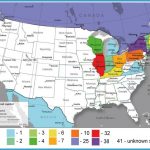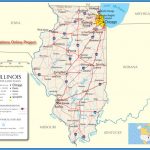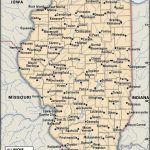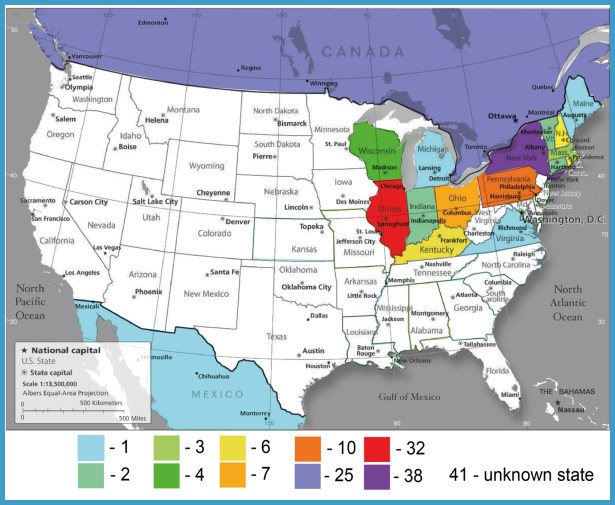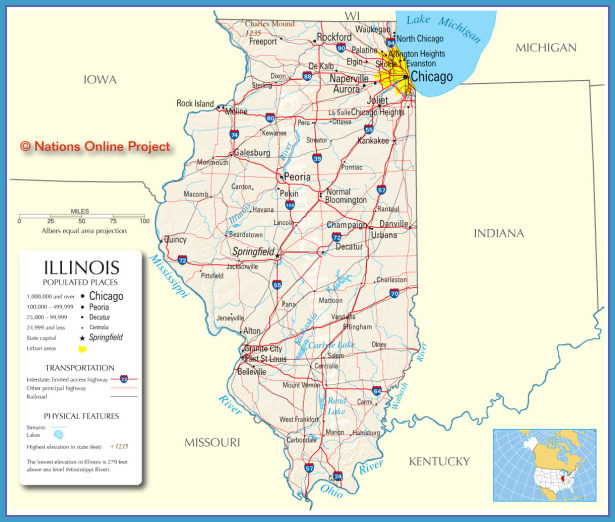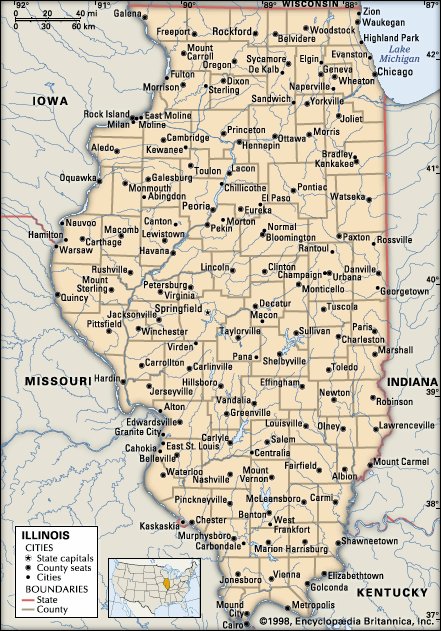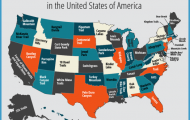New migrants to Illinois from Mexico, the Southwest, Puerto Rico, and Cuba arrived in the city in the 1950s. The Latino population did not become significant until the 1960s. Nevertheless, Latinos have embraced this country and given their lives for the freedoms that all U.S. residents enjoy. There was only one all-Latino infantry division serving during the Korean War. Its members were Puerto Rican and belonged to the 65th Infantry Division. Combined with those serving in World War II and Korea, the city of Silvis, Illinois, contributed the most men to these conflicts than any other community of its size. During these conflicts, Silvis lost eight Latino men and erected a tribute to them in the form of a monument dedicated to their sacrifices.20
The 1990 data for Illinois revealed that 14.2 percent of residents over age five spoke a language other than English at home. That number rose to 19.2 percent by 2000, translating to 2.2 million residents. Illinois is fifth among states with non-English speakers, preceded only by California, Texas, New York, and Florida.
According to 2005 data, 21.5 percent of Illinoisans speak a language other than English at home, and a total of 12.6 percent of Illinoisans speak Spanish at home. This ranks Illinois the state with the ninth-largest Spanish-speaking population behind Arizona, California, Florida, Nevada, New Jersey, New Mexico, New York, and Texas. Illinois is the only one of all nine states located in the Midwest.21
A number of socioeconomic issues have led to disparities in a number of areas where Latinos are concerned. For example, adult literacy skills which affect a person’s ability to obtain employment, function in health care systems, or function in general are disproportionately lower among Latinos than among Whites and Blacks, respectively, in the United States.22 According to data collected in
1992 and reported in 2004, Illinois Latino adults fell in the lowest two literacy category levels, being outperformed by their White and Black counterparts.23
The 2000 census data demonstrated that U.S. educational attainment levels were high and continuing to rise. In 2000, most people aged 25 years and over in the United States had earned a high school diploma or higher degree, and more than half the U.S. population aged 25 and over (52 percent) had completed at least some college education. Nine percent had an advanced degree.
By 2000, Illinois educational attainment numbers had risen and surpassed those reported for the U.S. in general: 81.4 percent had a high school diploma, 53.7 percent had some college, 26.1 percent had a bachelor’s degree, and 9.5 percent had an advanced degree. By comparison, the disparity for Latinos in Illinois in educational attainment is significant. Data reveal only 52.4 percent having obtained a high school diploma, 30.3 percent having had some or more college, 10.4 percent having attained a bachelor’s degree or more, and only 3.8 percent having obtained an advanced degree.24

